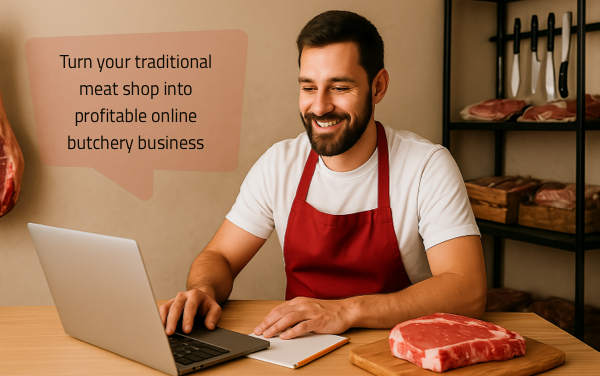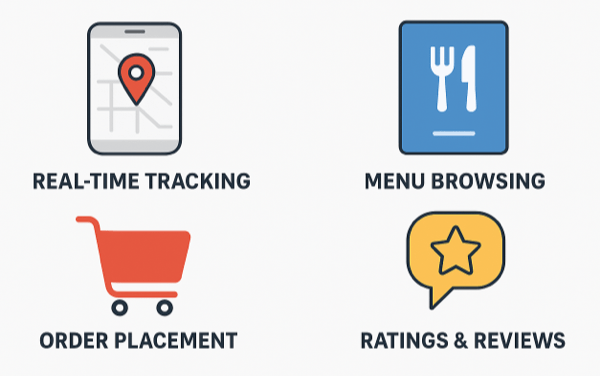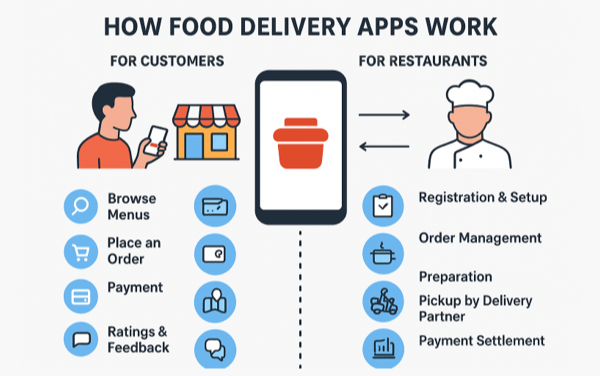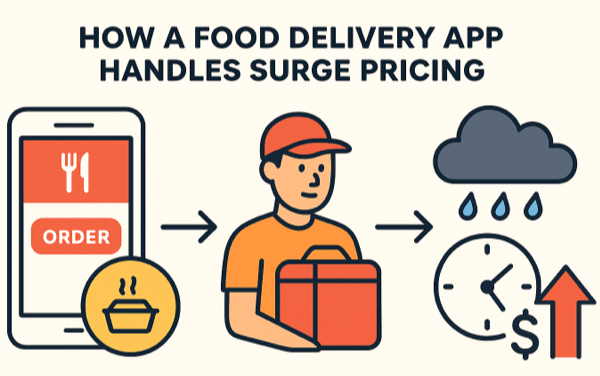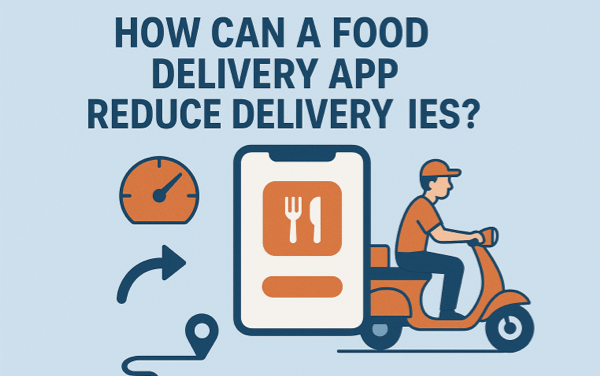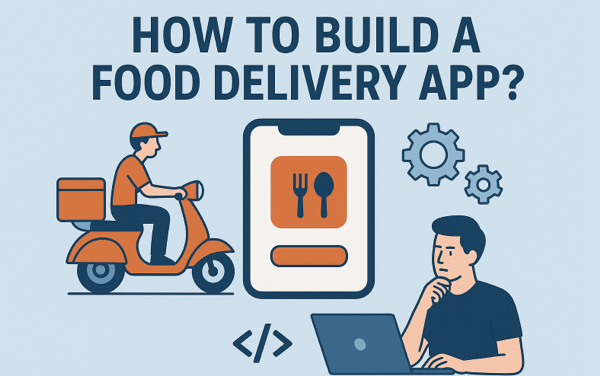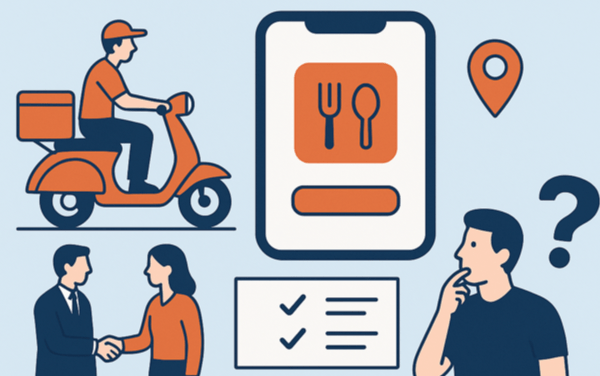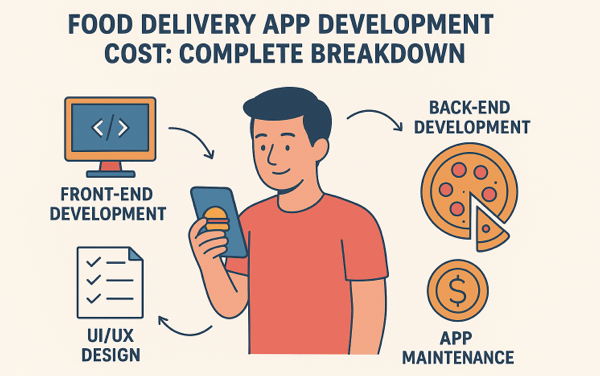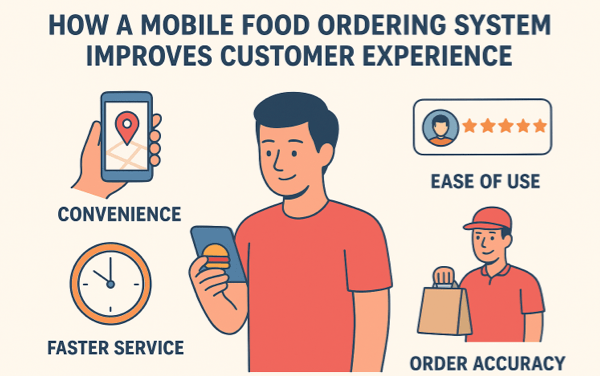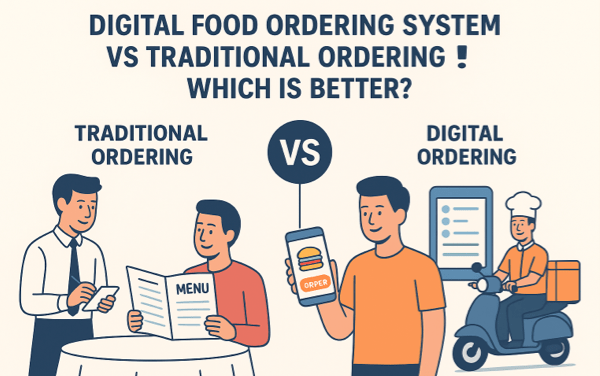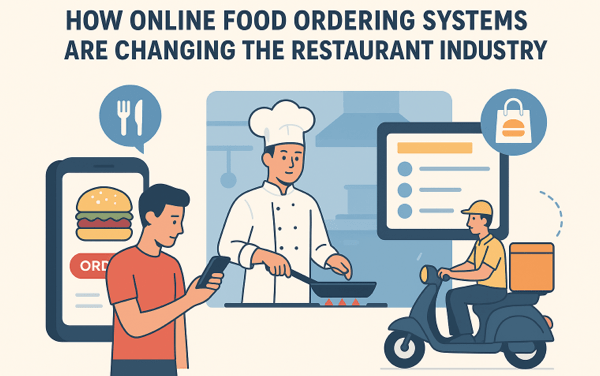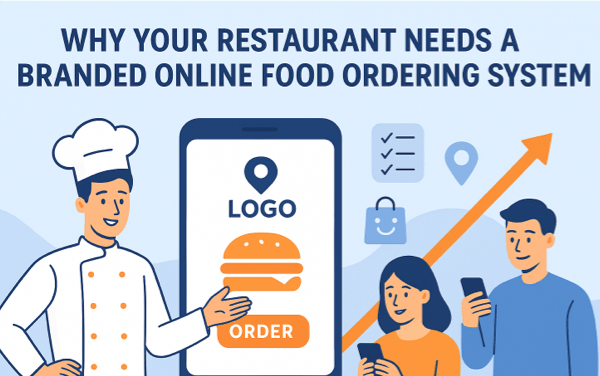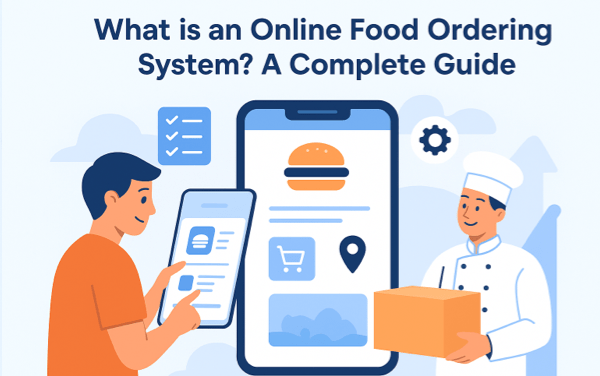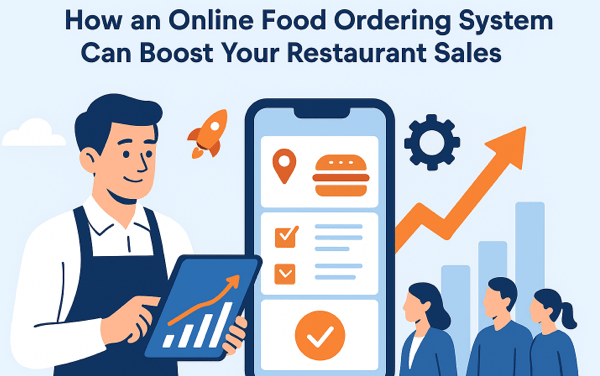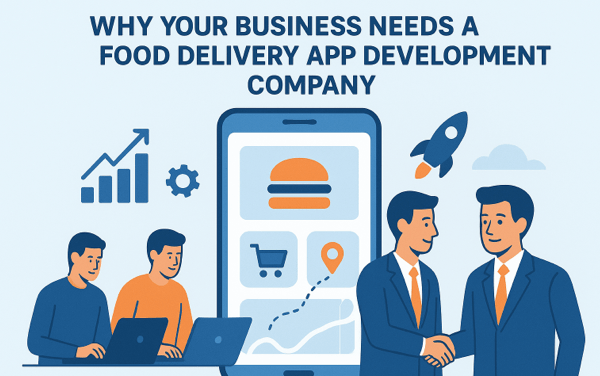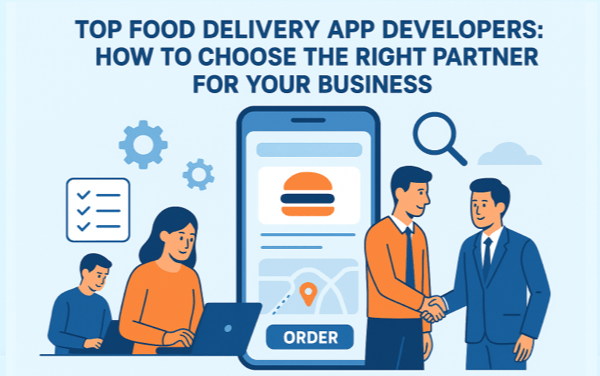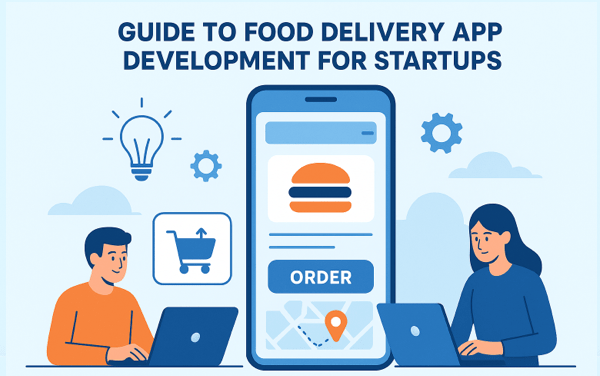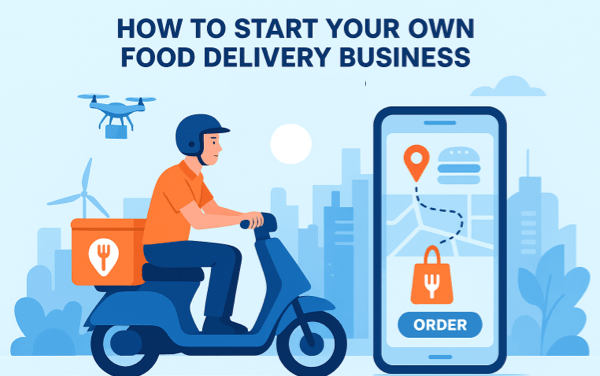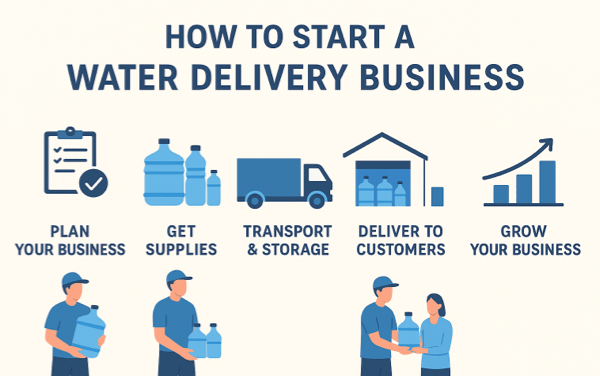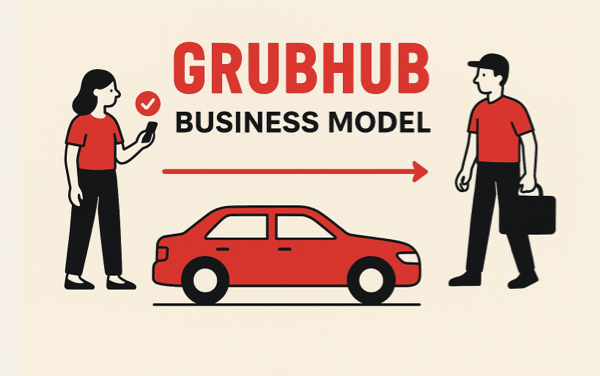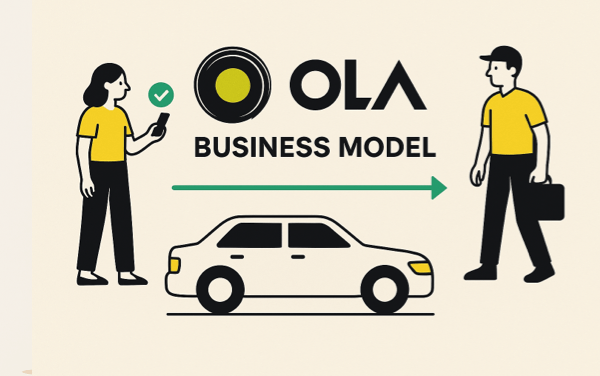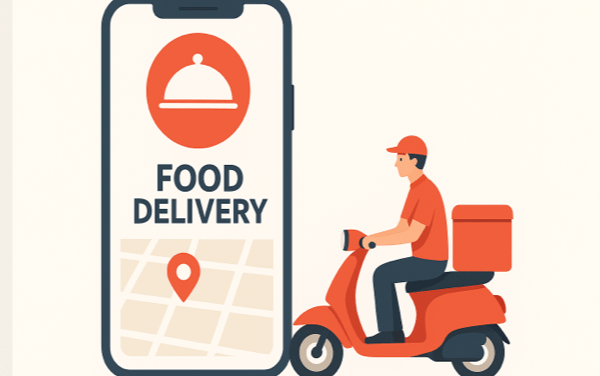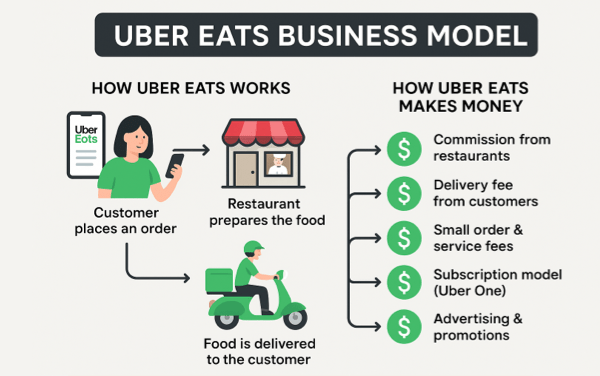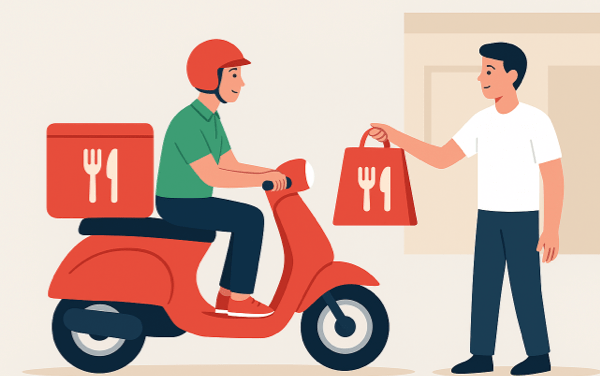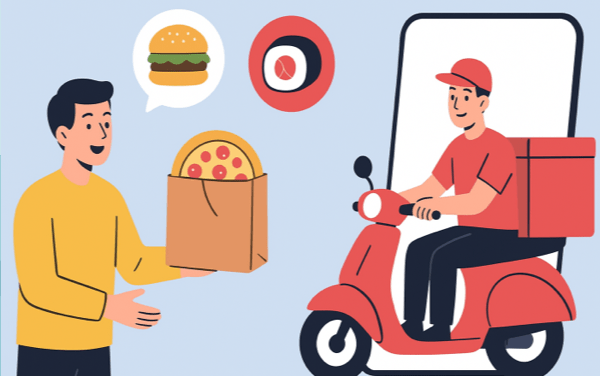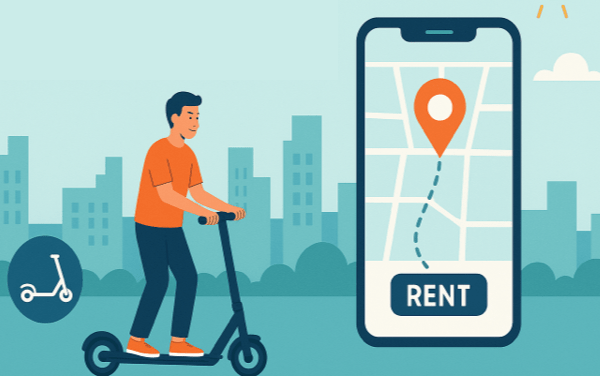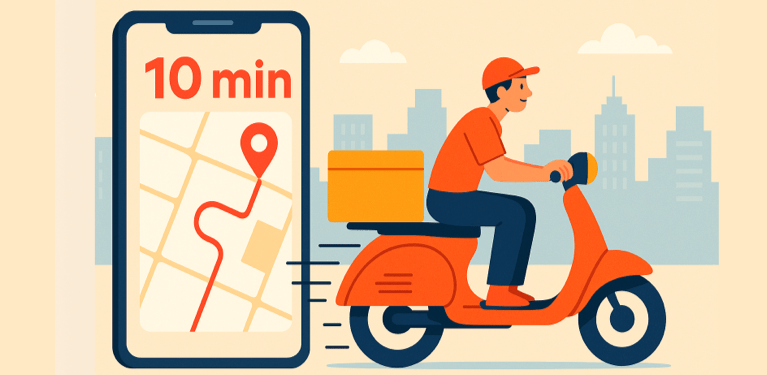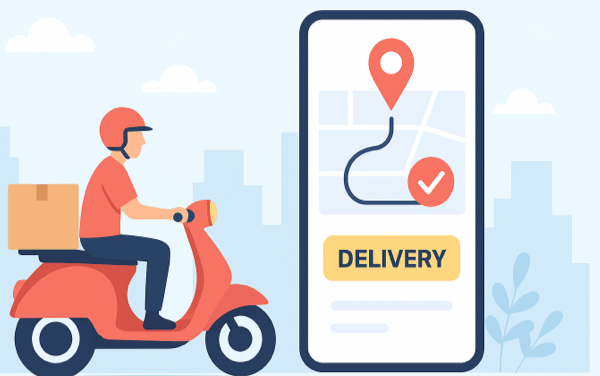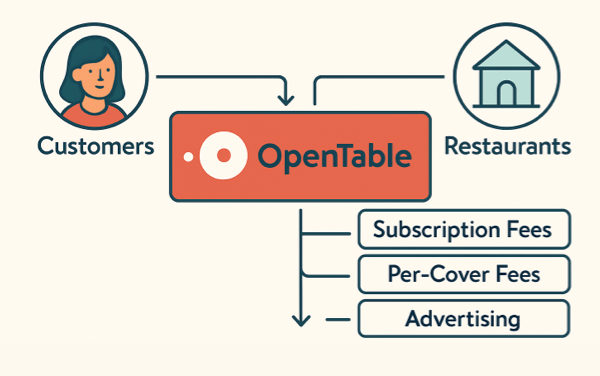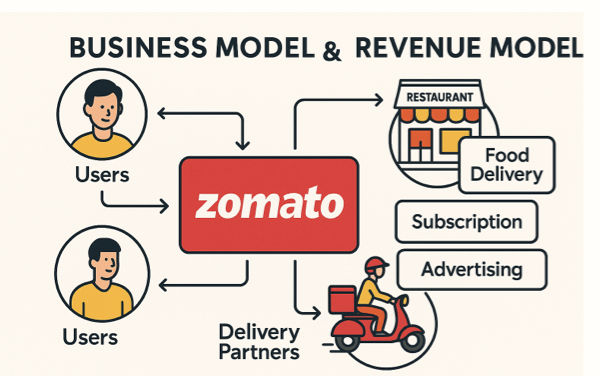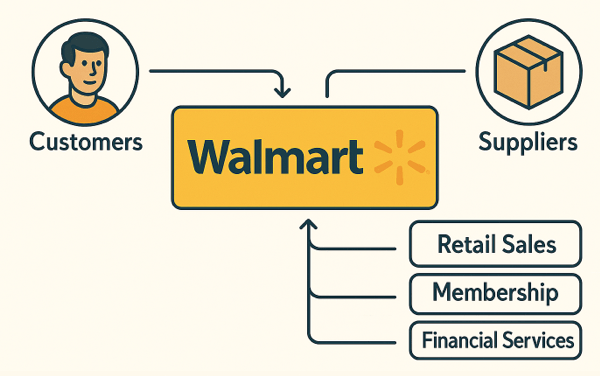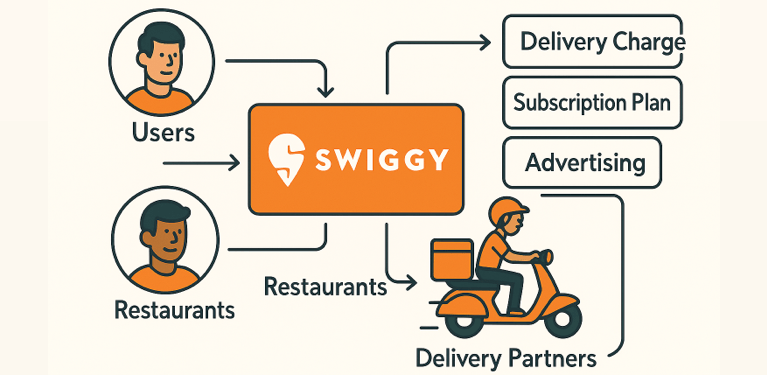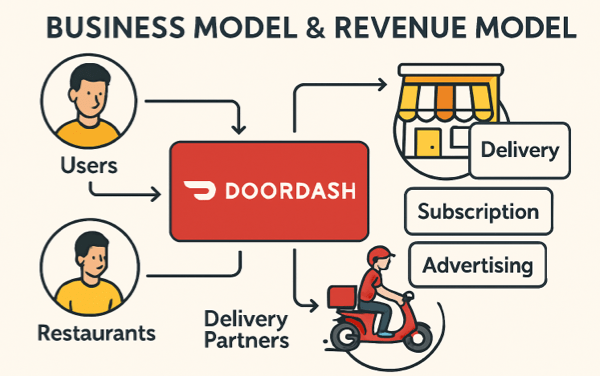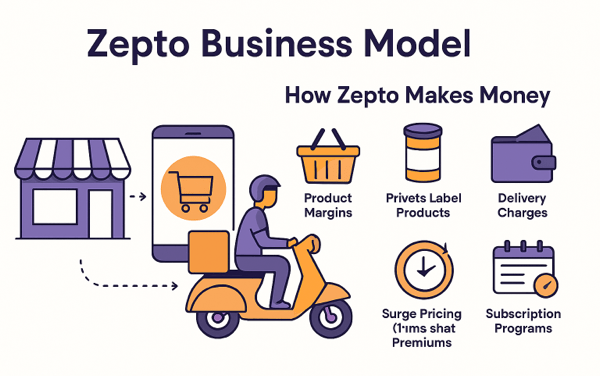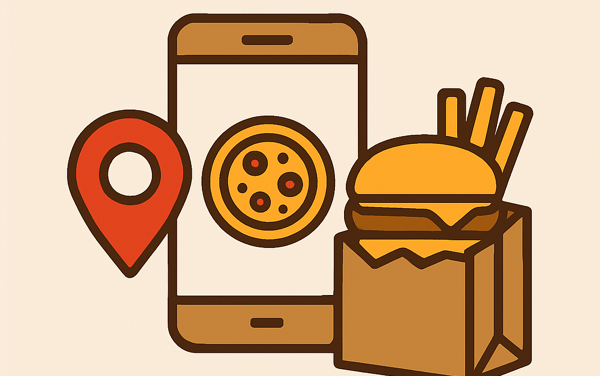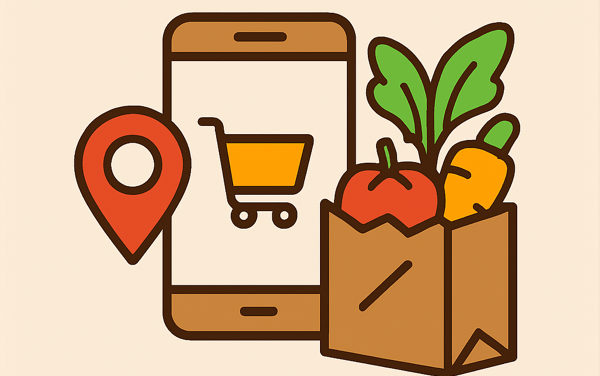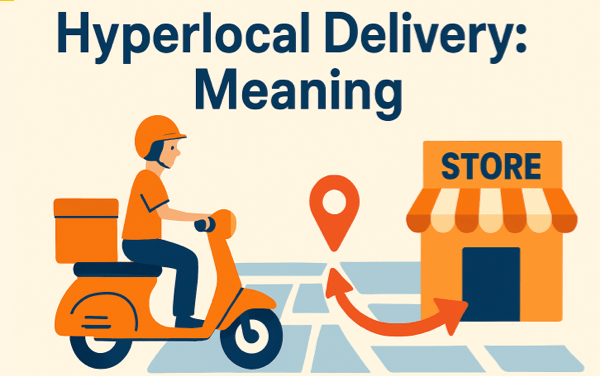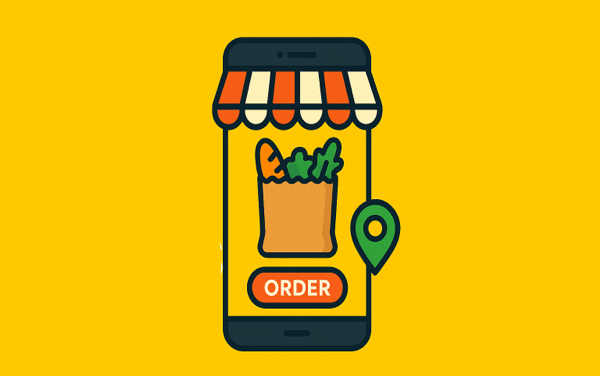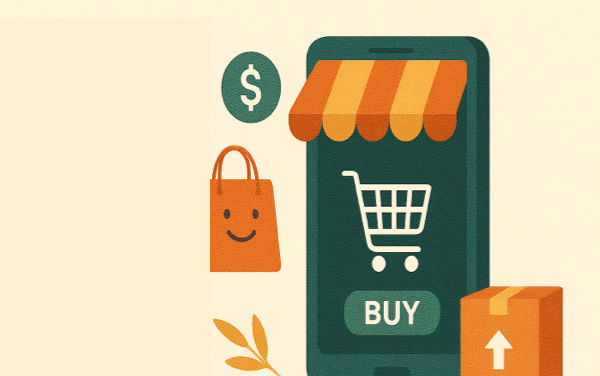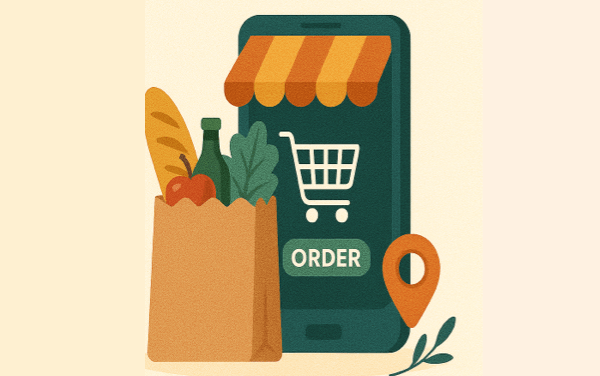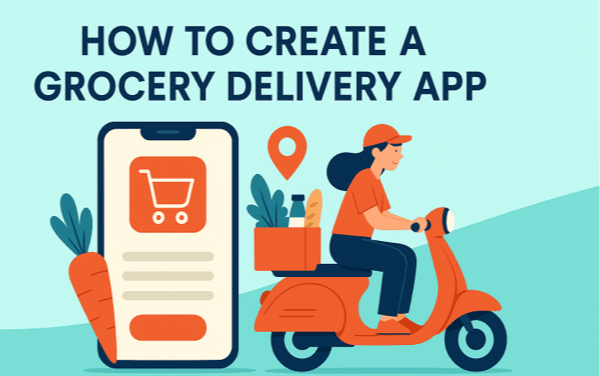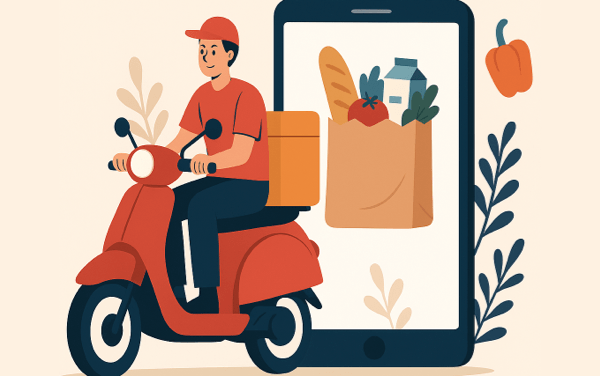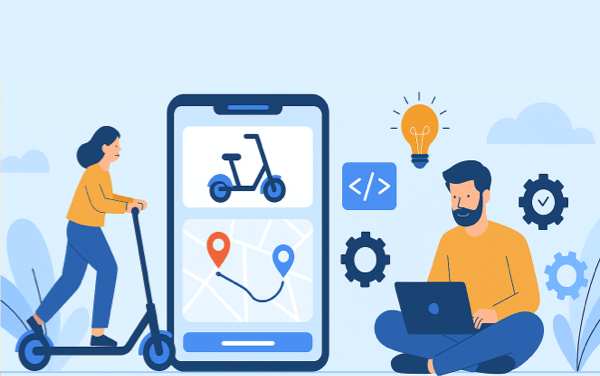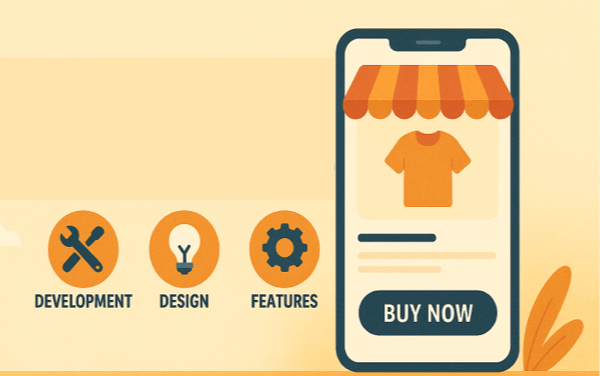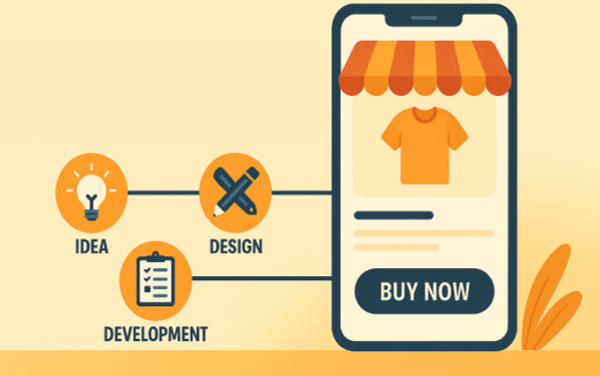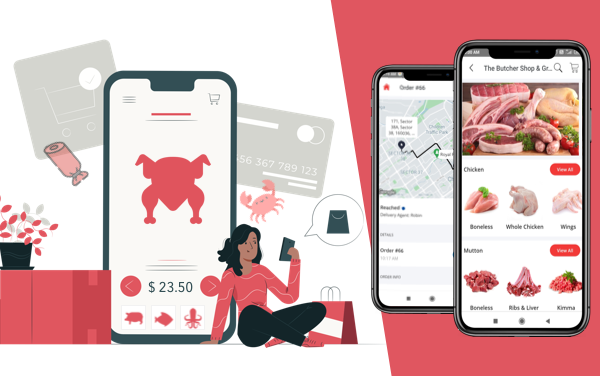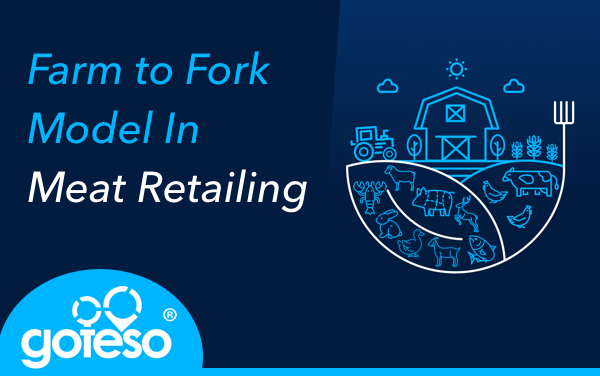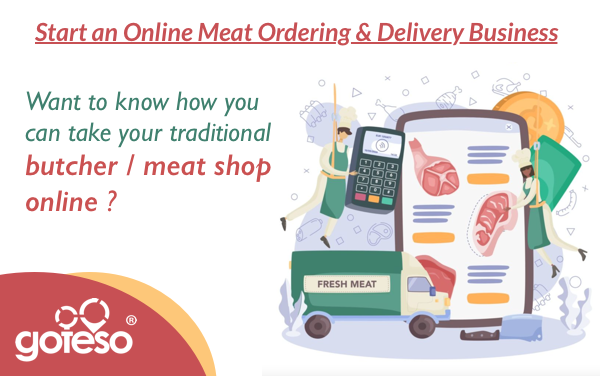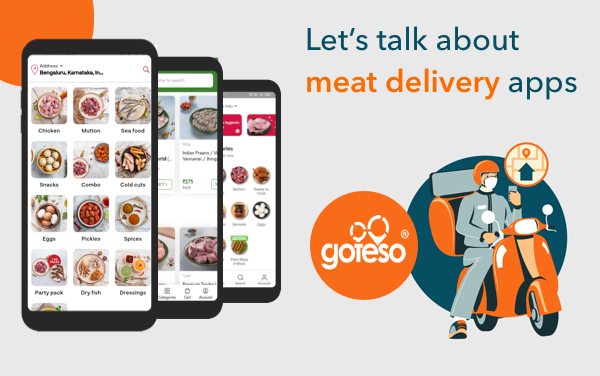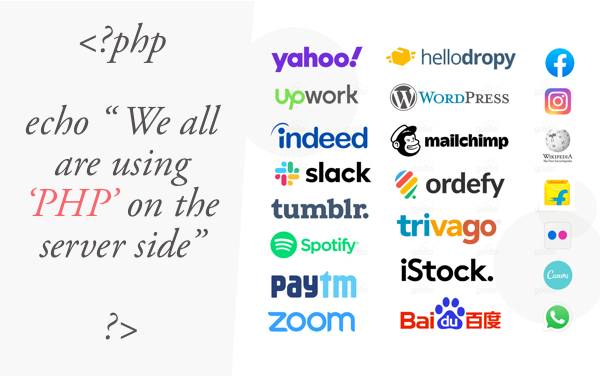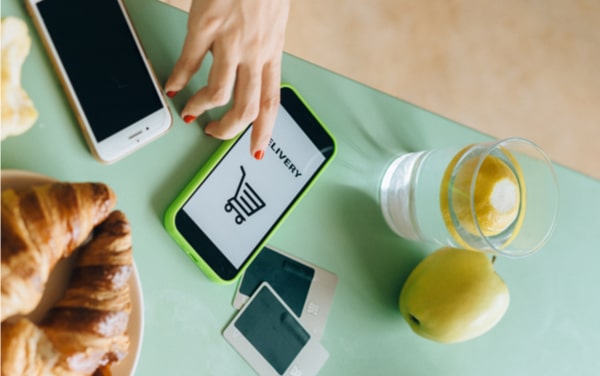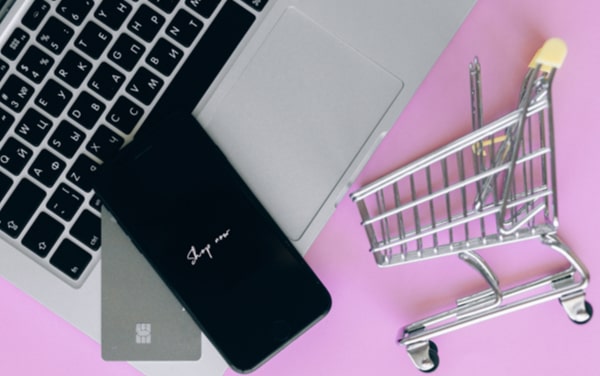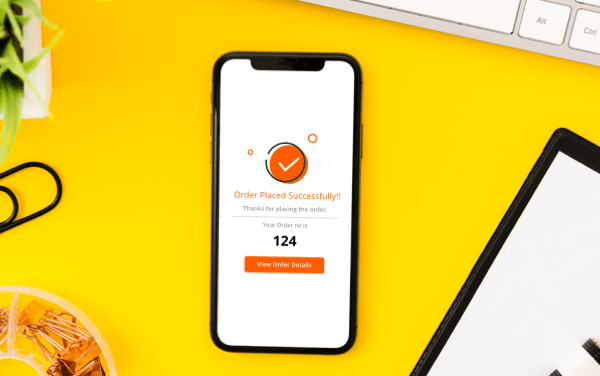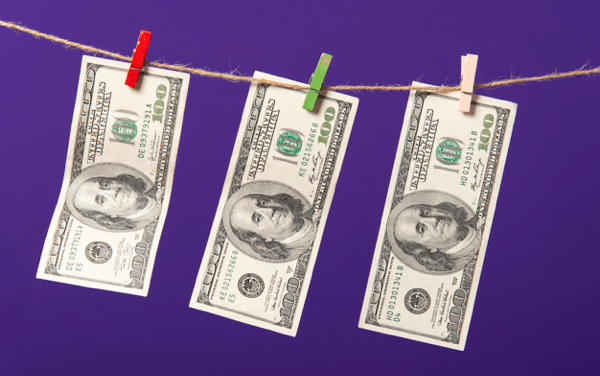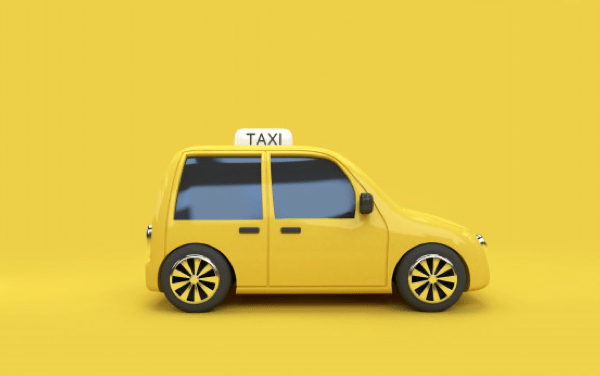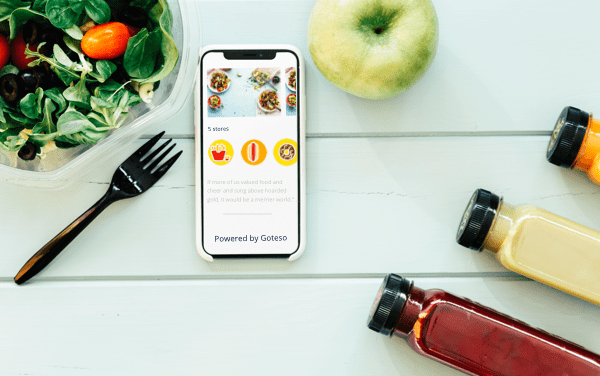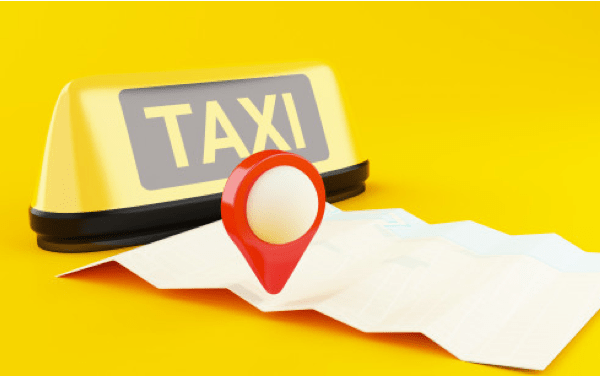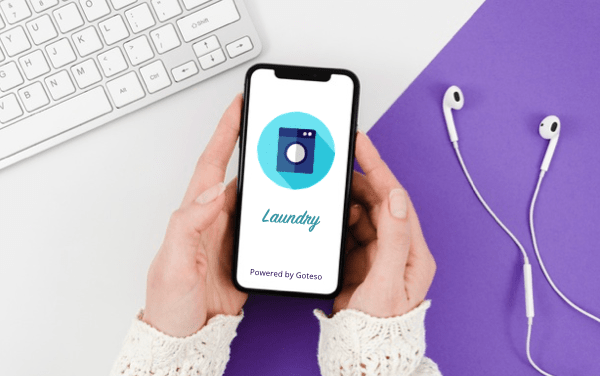Blinkit Business Model | Blinkit Revenue Model
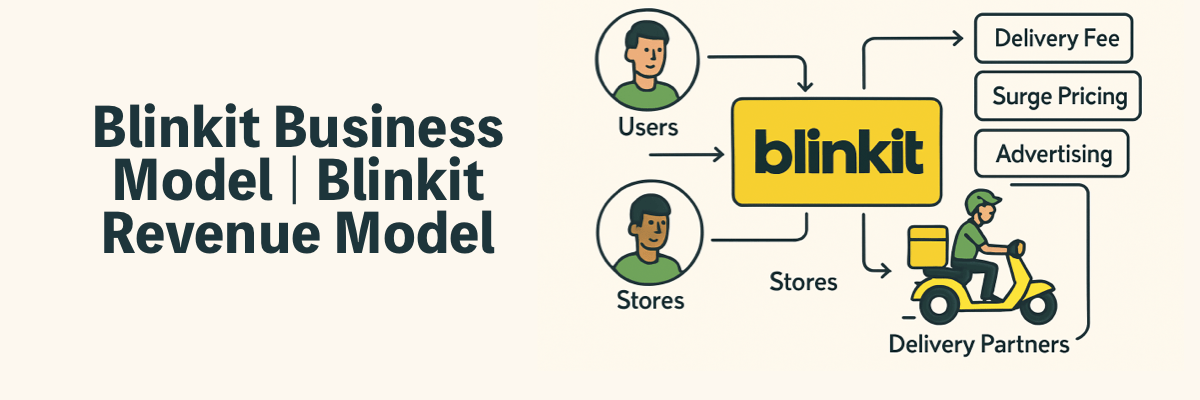
In the age of instant gratification, Blinkit (formerly Grofers) has emerged as a leading player in India’s ultra-fast grocery delivery space. Promising delivery in 10–20 minutes, Blinkit has redefined convenience for urban consumers. But how does this lightning-fast service generate revenue? In this blog, we break down the Blinkit business model, explore its operations, and explain how Blinkit makes money.
What Is Blinkit?
Blinkit is an Indian quick-commerce platform that delivers groceries, essentials, and other daily-use items to customers in minutes. Initially launched as Grofers in 2013, the company rebranded to Blinkit in 2021 to reflect its pivot to instant delivery. In 2022, Blinkit was acquired by Zomato, further strengthening its position in the growing quick commerce market.
Blinkit operates through a network of dark stores—small, strategically located warehouses—that serve high-demand urban areas and enable fast fulfillment.
Blinkit Business Model Explained
The Blinkit business model is built on a hyperlocal delivery system powered by technology, micro-warehouses (dark stores), and last-mile logistics. The company serves as the middle layer between:
- Consumers, who place orders through the Blinkit app.
- Local vendors or suppliers, who stock products in Blinkit’s dark stores.
- Delivery partners, who fulfill last-mile delivery within a short time frame.
Unlike traditional marketplaces, Blinkit holds inventory in its own or partner dark stores, giving it greater control over product availability and delivery times.
How Blinkit Makes Money: Revenue Streams
1. Product Markups
Blinkit buys goods from wholesalers or distributors and sells them at a slightly marked-up price. This markup is one of the core components of the Blinkit revenue model and provides margins on every item sold.
2. Delivery Charges
Blinkit charges a delivery fee on certain orders—especially those below a minimum order value. These charges vary by location, demand, and cart size, and contribute directly to revenue.
3. Platform Commissions
For products listed by third-party sellers or partners, Blinkit earns a commission on each sale. This is similar to the model used by e-commerce marketplaces.
4. Advertising and Promotions
Blinkit offers in-app promotions, featured product placements, and banner ads to brands and FMCG companies. These businesses pay for visibility on the platform, which helps Blinkit monetize its app traffic.
5. Private Label Products
Like many e-commerce companies, Blinkit may sell its own private-label products (e.g., staples, snacks, personal care), which offer higher profit margins compared to branded goods.
6. Partnerships and Integrations
Being a part of Zomato, Blinkit benefits from cross-platform integrations and promotional bundles. Strategic partnerships with payment providers, FMCG brands, and local retailers also contribute to its income.
Blinkit Revenue Model at a Glance
| Revenue Source | Description |
|---|---|
| Product Markups | Margin earned on goods sold through owned inventory |
| Delivery Charges | Fees paid by customers for order fulfillment |
| Platform Commissions | Commission from third-party sellers and suppliers |
| In-App Advertising | Sponsored listings, brand promotions, and ads |
| Private Label Products | Higher-margin proprietary items sold through the platform |
| Strategic Partnerships | Revenue from deals with FMCG brands, fintech apps, or other platforms |
Final Thoughts
The Blinkit business model combines hyperlocal warehousing, smart logistics, and app-based convenience to offer a seamless customer experience. With ultra-fast delivery at its core, Blinkit is not just a grocery delivery service—it’s part of the rising quick commerce revolution. By leveraging multiple revenue streams including product margins, delivery fees, and advertising, Blinkit makes money while keeping operations lean and fast.
As urban demand for instant services continues to rise, the Blinkit revenue model is well-positioned to evolve and scale further—especially with the backing of Zomato and growing partnerships across India’s retail ecosystem.
Want to Launch an App Like Blinkit?
Inspired by the speed and success of the Blinkit business model? If you’re planning to enter the quick commerce or instant delivery market, you’ll need a high-performing, scalable app tailored for real-time logistics and inventory management. That’s where Goteso comes in. As a leading grocery and on-demand delivery app development company, Goteso offers end-to-end tech solutions to help you build your own Blinkit-style app. From dark store integration to real-time tracking, Goteso delivers custom features that give your business a competitive edge. Get in touch with Goteso today and bring your quick commerce idea to life!
